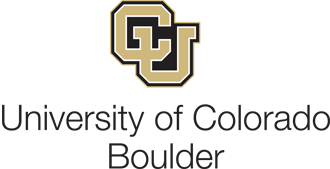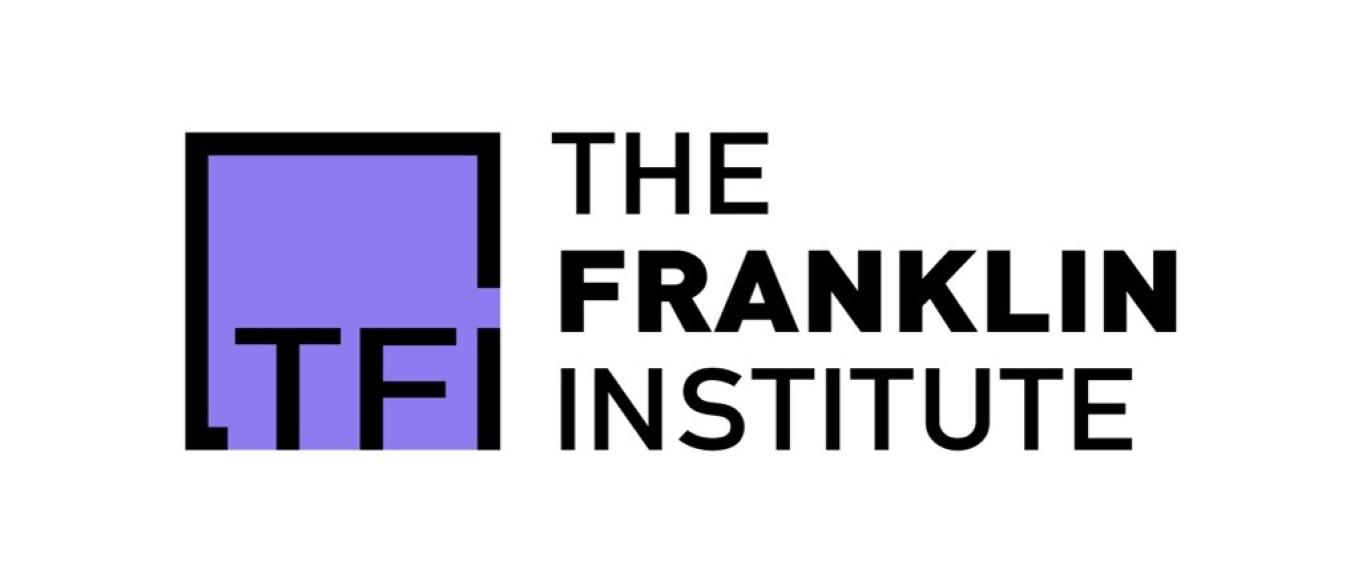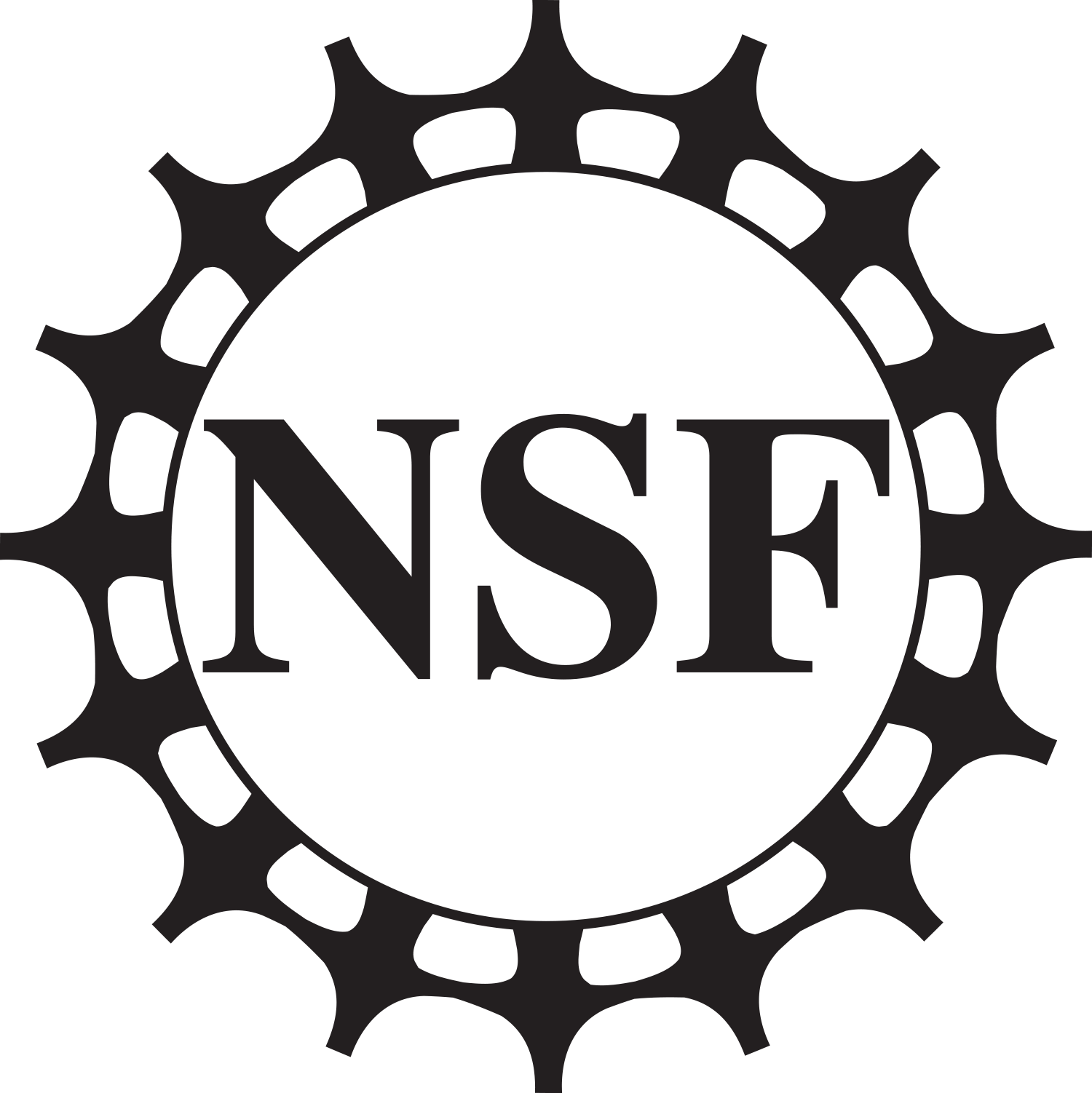Graduate Education and Training
CEMB trains across disciplines. Incoming engineers and physicists expand their knowledge base in organismal, cellular, and molecular biology and develop a practical understanding of the nature of biological research. Similarly, incoming biologists grow in their understanding of mechanics and quantitative methods. Together, these trainees communicate and collaborate in innovative and meaningful ways in the center’s integrative research projects.
CEMB seeks graduate students from across the scientific and engineering disciplines, and from all cultural and socio-economic backgrounds.
How to Apply
CEMB graduate fellows are admitted through standard graduate group/graduate program channels. Prospective fellows should contact individual CEMB faculty members and the associate individual graduate programs as they prepare their applications. CEMB-associated graduate programs and associated CEMB faculty fellows are the following:

Alabama State
The Harold Lloyd Murphy Graduate School
CEMB faculty fellows: Dean
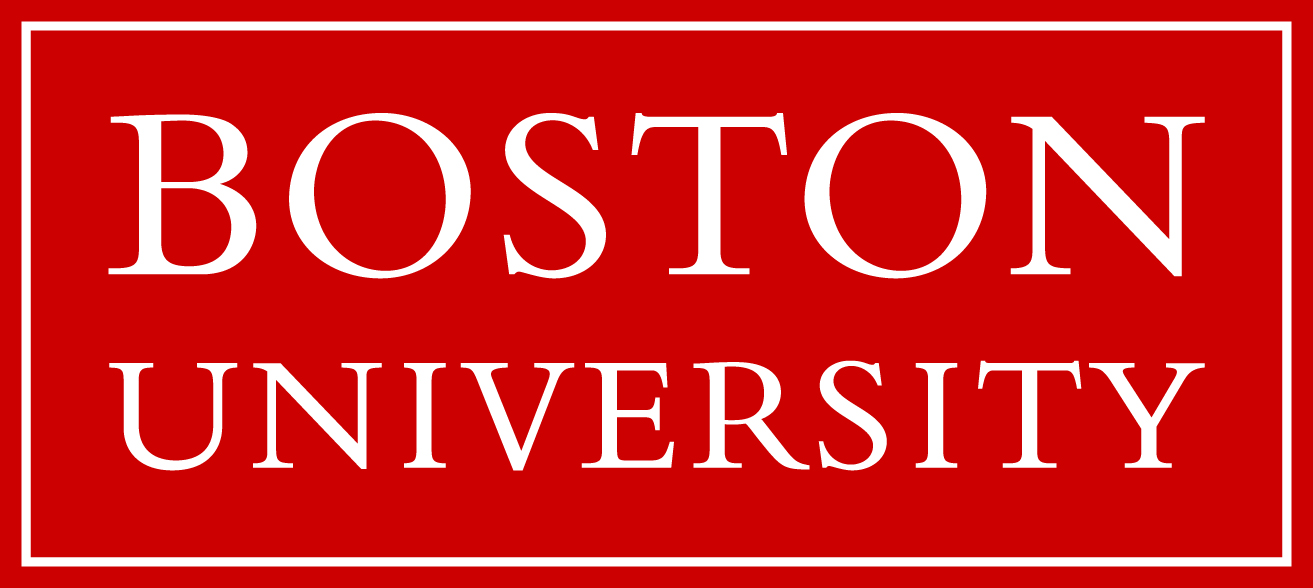
Boston University
Biomedical Engineering
CEMB faculty fellows: Chen
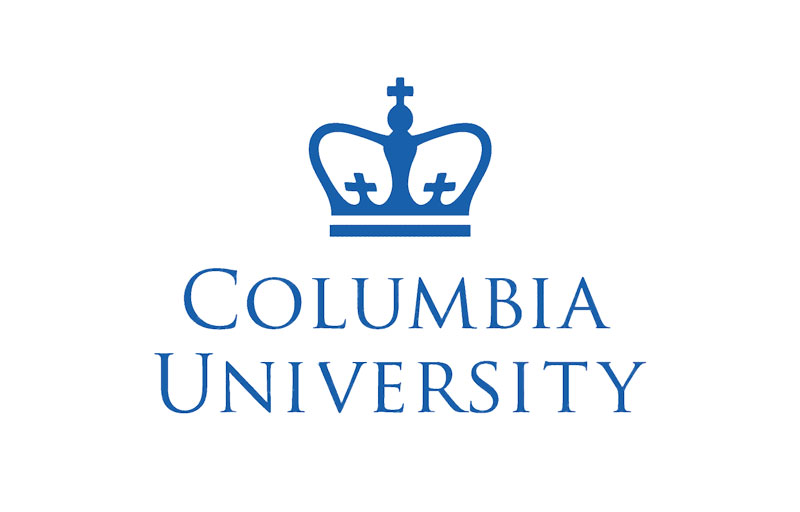
Columbia University
Biomedical Engineering
CEMB faculty fellows: Arinzeh

University of Pennsylvania
Bioengineering (BE)
CEMB faculty fellows: Assoian, Boerckel, Burdick, Discher, Goldman, Huh, Janmey, Mauck, Shenoy, Wells
Biochemistry and Molecular Biophysics (BMB)
CEMB faculty fellows: Burdick, Janmey, Lakadamyali, Shenoy
Cell & Molecular Biology (CAMB)
CEMB faculty fellows: Assoian, Boerckel, Goldman, Janmey, Lakadamyali, Ostap, Prosser, Wells
Chemical and Biomolecular Engineering (CBE)
CEMB faculty fellows: Discher, Osuji
Materials Science and Engineering (MSE)
CEMB faculty fellows: Burdick, Shenoy
Mechanical Engineering and Applied Mechanics (MEAM)
CEMB faculty fellows: Goldman, Mauck, Shenoy
Pharmacology (PGG)
CEMB faculty fellows: Assoian, Discher, Wells
Physics
CEMB faculty fellows: Nelson

University of California, Los Angeles
Molecular Biology Institute
CEMB faculty fellows: Braybrook
Bioengineering
CEMB faculty fellows: Braybrook

Washington University in St. Louis
Computational and Molecular Biophysics
CEMB faculty fellows: Genin, Dixit
Developmental, Regenerative and Stem Cell Biology Program
CEMB faculty fellows: Genin
Energy, Environmental & Chemical Engineering
CEMB faculty fellows: Foston
Institute of Materials Science & Engineering
CEMB faculty fellows: Foston, Genin
Interdisciplinary Training in Mechanobiology
CEMB faculty fellows: Dixit, Genin, Haswell
Mechanical Engineering and Materials Science
CEMB faculty fellows: Genin, Pickard
Molecular Cell Biology
CEMB faculty fellows: Dixit, Haswell
Molecular Microbiology and Microbial Pathogenesis
CEMB faculty fellows: Haswell
Plant and Microbial Biology
CEMB faculty fellows: Dixit, Genin, Haswell
Physics
CEMB faculty fellows: Carlsson
Organization and Curriculum
Students generally become CEMB graduate fellows after their first year in a PhD program, although they may become affiliated with CEMB as soon as they commit to a CEMB lab. Graduate fellows must meet the standard curricula of their graduate programs, with the following addenda:
- CEMB graduate fellows have two advisors. Although they are typically affiliated with one primary research group, a second advisor from a different discipline works closely with the CEMB graduate fellow to provide broad expertise in integrated mechanobiology; to assist with developing a broad, individualized program of study; and to provide cross-disciplinary career mentoring.
- CEMB graduate fellows have access to many of the course offerings at other CEMB sites, and receive home institution credit for these courses.
- CEMB graduate fellows participate in CEMB’s intensive “Boot Camp I” experience in the summer of their entry into the program, generally between years 1 and 2 of graduate school. Boot Camp I, usually held at Penn for all participants, includes lectures in cell biology, bioengineering, matrix biology, and plant biology and mechanics; wet and dry lab experiences in rheometry, basic cell and molecular biology techniques, basics plant biology techniques, and computational modeling; small group tutorials; journal clubs; and ethics and knowledge transfer training. Boot Camp I includes a mini-research experience and presentation at the conclusion of the course.
- CEMB graduate fellows take the CEMB core course, “Principles of Mechanobiology” in the fall of the second or third year of graduate school. This course covers key fundamentals of engineering and plant and animal biology and mechanobiology, and is taught by CEMB faculty fellows across the center, with remote access provided for all students.
- CEMB graduate fellows receive training in translation, innovation, and commercialization through links with centers including the Penn Center for Innovation and the Skandalaris Center for Entrepreneurship at Washington University, and though CEMB’s Innovation Slams.
- Advanced CEMB graduate fellows learn new techniques and approaches by participating in Boot Camp II experiences and in mini-sabbaticals in other center labs (generally away from the student’s home institution).
- Advanced CEMB graduate fellows also have the option of industry internships, where they spend several months working with industry partners.
For more information, please contact the CEMB education director at your institution:
Alabama State University: Derrick Dean
Boston University: Chris Chen
Columbia University: Treena Arinzeh
University of Pennsylvania: Rebecca Wells
University of California, Los Angeles: Siobhan Braybrook
Washington University in St. Louis: Ram Dixit




